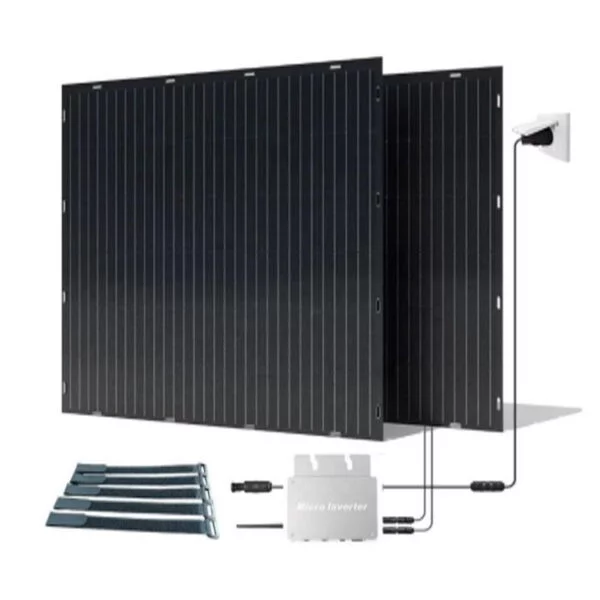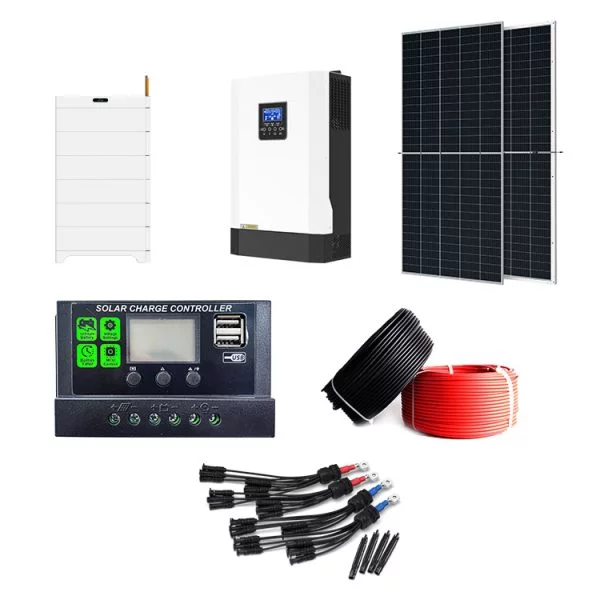HOT PRODUCT
Product Details
amorphous Flexible Solar Panels: Sustainable Energy For Residential Use
Amorphous Flexible Solar Panels: Sustainable Energy For Residential Use
In recent years, there has been a growing interest in amorphous flexible solar panels as an alternative source of sustainable energy for residential use. These panels have revolutionized the solar industry due to their excellent flexibility, durability, and higher energy conversion efficiency compared to traditional crystalline ones. This article aims to shed light on the benefits and potential applications of amorphous flexible solar panels in residential settings.
Amorphous flexible solar panels, also known as thin-film solar panels, are made from non-crystalline materials such as amorphous silicon (a-Si), cadmium telluride (CdTe), and copper indium gallium selenide (CIGS). These materials are deposited in thin layers onto flexible substrates like plastic or metal, allowing for a unique combination of lightness and adaptability. Unlike rigid crystalline panels, amorphous flexible panels can be seamlessly integrated into various architectural designs and curved surfaces. This flexibility enables them to be used in unconventional locations, enhancing their potential for residential applications.
One significant advantage of amorphous flexible solar panels is their higher energy conversion efficiency under low-light conditions. Unlike crystalline panels, these panels can generate electricity even in low or indirect sunlight, making them ideal for regions with less than optimal weather conditions. Their ability to generate electricity in diffused light conditions creates opportunities for installation in shaded or partially shaded areas around residential buildings. By utilizing unused spaces, homeowners can maximize their solar energy generation and decrease dependence on conventional power sources.

Another benefit of amorphous flexible solar panels is their lightweight and portable nature. Traditional solar panels often require heavy mounting structures and take up valuable space, limiting their applications in residential settings. The flexibility and lightness of amorphous panels make them easier to install and integrate into various locations, including roofs, walls, windows, and even outdoor furniture. Homeowners can optimize their solar energy utilization by installing these panels on unconventional surfaces and spaces that were previously considered nonviable.


Durability is a critical factor when considering residential solar panels. Amorphous flexible solar panels excel in this aspect due to their resistance to various environmental conditions, including temperature fluctuations, humidity, and impact resistance. Traditional crystalline panels are more prone to cracks and degradation under extreme weather conditions. However, amorphous panels are less susceptible to such issues, ensuring long-term reliability and a prolonged lifespan. This durability makes them a cost-effective investment for residential applications, as they require less maintenance and replacement.
Amorphous flexible solar panels also offer an additional advantage of aesthetic appeal. With their ability to be customized into various shapes and sizes, they can blend seamlessly with the overall aesthetics of residential buildings. This integration enhances the visual appeal of the structure while harnessing solar energy. As sustainable living practices become increasingly important, homeowners can showcase their commitment to sustainability through the aesthetically pleasing installation of amorphous flexible solar panels.

In conclusion, amorphous flexible solar panels present a promising solution for residential sustainable energy generation. Their flexibility, higher energy conversion efficiency under low light, lightweight nature, durability, and aesthetic appeal make them an ideal choice for homeowners looking to incorporate solar power into their homes. As technology continues to advance, the cost-effectiveness and overall performance of these panels are expected to improve further, making them an attractive long-term investment. By harnessing solar energy through amorphous flexible panels, homeowners can not only reduce their carbon footprint but also contribute to a greener and more sustainable future.




